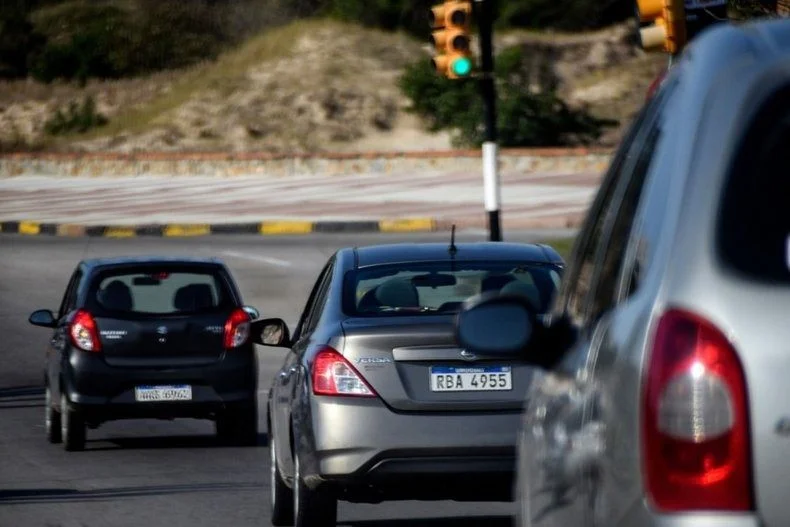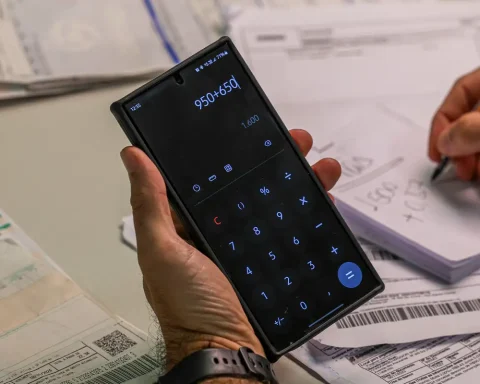Cars that park themselves. Workshops where electronics technicians are needed as well as mechanics. Sellers who had to learn about technology to make a better presentation of the vehicle to a client. those were some changes in the automotive sector which also suffered modifications in production and delivery times of the assembly factories due to blows that caused the covid-19 and the war between Russia and Ukraine.
“10 years ago it was much simpler to sell a car. If it had air conditioning and power steering, that was it.. Today you have to be a specialized technician, ”he commented to The Observer the president of the Association of Automotive Brand Dealers (Ascomma), alberto bernheim.
The automotive industry had to process changes of scenery in recent times. Some were on the production side, with assembly factories that suffered market disruptions first due to the outbreak of covid-19 and then due to the war between Urania and Russia. Others arrived on the demand side when the uncertainty generated by the pandemic was overcome and consumers returned to the automotive segment.
Last year, 52,000 new vehicles were sold between cars and utility vehicles. to resume levels of 2017. Despite this, Bernheim maintained that the buyer is increasingly demanding at the time of purchase.
“It’s not just selling him the car; also the service that is offered, the repairs. It’s a whole process,” she recounted. Unlike years ago, now the vehicles have led lights, parking sensors and some park themselves.
The president of Ascoma pointed out that the industry has become more professional and technical and that requires having more and more trained personnel. “The seller has to know what he is talking about. Knowing about the cameras, about the censors, ”she indicated.
From his point of view, something similar happens in the workshops. “Before, the one who knew about mechanics was already enough. Now, 70% of the work is for an electronics or computer technician and 30% for a mechanic“, held.
The same, for Bernheim, happened in the showrooms where the salespeople have to know about all the equipment that the car has.
He remembered that the first vehicle he had was a volkswagen fusca. “I had nothing. Today you get into a car that has everything digital, ”she differentiated.
global changes
The manager of the Automotive Market Association (ACAU), ignacio peace, exposed that the great shake-up worldwide was caused by the pandemic. Covid-19 brought global consequences that later affected the automotive industry. On the one hand Factories that produced microchips and semiconductors (essential elements for any product or item that contains electronics) were closed.. At the same time, vehicle assembly companies also ceased their activity. And those of microchips that were left standing redirected their production towards other sectors. “Who was going to buy a car locked in his house? What was sold were electronic devices. video games, computersPaz said.
“You realize what happens when things are missing,” Bernheim said. Added to the uncertainty that covid-19 caused to the automotive industry was the war between Russia and Ukraine.
He reported that Ukraine is a country that produces auto parts that have Europe as their destination. Those European components -engine, management or radio computers- They are the ones who own the cars that are manufactured in regional countries, such as Argentina and Brazil.
“In Uruguay we do not find out if the microchip, the radio, the dashboard or an engine component is Ukrainian. But there are several factories that are installed in Ukraine, ”he said. The official Volkswagen dealer said that prior to the pandemic and the war, the production of microchips was already at its limit, but those two events made it more complicated.
The global demand for vehicles decreased in those years, but then returned to resume previous levels. And the automotive industry could not face this demand due to the lack of components and also due to the closure of assembly factories.
delivery delays
The aforementioned fluctuations caused instability in delivery times. “Delays differ by brand and origin”, mentioned Paz. “Only in these times is it normalizing, but all of the above has been suffered,” she added.

Ines Guimaraens
Bernheim agreed with Paz on that point. “Delivery times are trying to normalize, but there is always an order missing. In some models there is immediate delivery and in others it is not known when they will be sent “he claimed.
He explained that basically the Uruguayan sales market is made up of cars that are assembled in the region. So, what is carefully watched is that those manufacturing countries do not have greater domestic demand. “That’s where we lose. Because it is easier to get a car for the domestic market than to export it, ”he concluded.
local demand
There is a factor that explained the increase in zero kilometer sales last year and it was the exchange rate. Lhe US currency began 2022 at $44,614 in the interbank average to end at $40,071, with an annual decrease of 10.3%.
That clearly encouraged consumers to buy new vehicles, having a strengthened Uruguayan peso to access dollars. “The automotive economy is 100% dollarized. It is one of the factors that can always explain a good performance,” said Paz.
For Bernheim, the fact that there is a dollar ironed locally makes consumers take other purchase options.
“There are people who come for a car and just don’t have it or the color doesn’t convince them and they decide to buy a next model for US$4,000 or US$5,000 more. That is encouraged by the exchange rate,” she indicated.
















